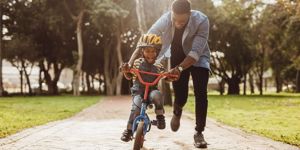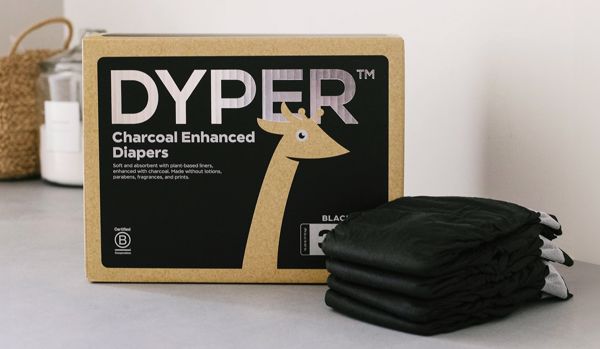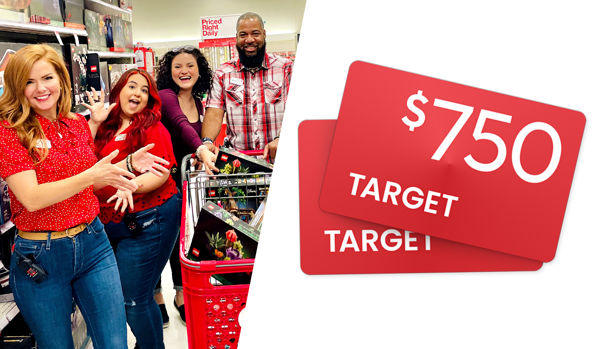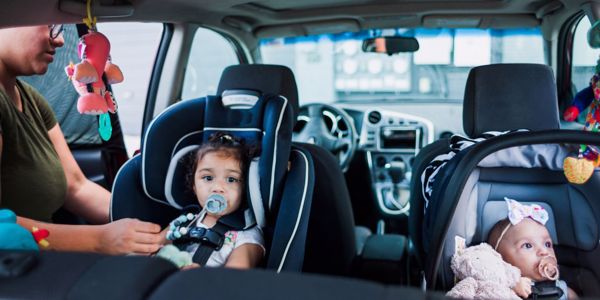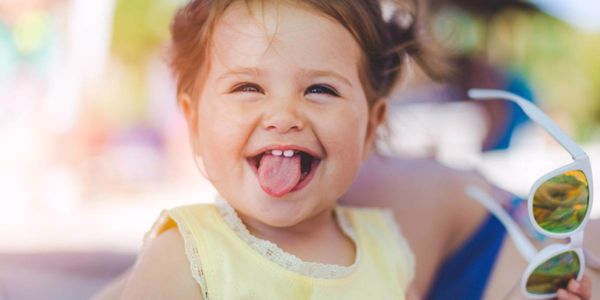While the era of bicycle-riding children roaming around town unsupervised in droves may have faded into a less common occurrence, bikes themselves and the love children have for them isn’t going anywhere anytime soon. Bicycles are a beloved form of transportation and recreation for both children and adults around the world. This is partly because they are less expensive than powered alternatives while still being faster than walking and partly because … well, they’re fun!
Age
The average age for children to learn to ride a bike is between three and seven years old. This is only an average, as plenty of people learn to ride bicycles later in life. Still, for this article, we will be focusing on purchasing a bicycle for a young child within that typical range.
Benefits of Bicycles
Aside from being enjoyable, bicycle riding comes with a whole variety of benefits! It’s a form of exercise that increases cardiovascular fitness, muscle strength and flexibility, and joint mobility. It has also been shown to decrease stress levels, improve posture and coordination, and even help reduce anxiety and depression! With childhood obesity becoming an increasing issue in the US, bicycle riding can play a role in keeping children active and moving.
Bicycling can also be a wonderful shared activity that can promote healthy friendships and community participation, which comes with it’s own variety of social and emotional benefits.
Balance Bikes
Balance bikes, also known as “strider bikes,” are similar to a typical bike with two wheels, a seat, and handlebars but do not have pedals, a chain, or brakes. They are operated by sitting on the seat and then pushing off with the feet to coast while balancing upright - similar to a scooter. The general idea behind a balance bike is that it allows children (as young as 18 months!) to develop their sense of balance and gain confidence controlling a bike through natural turns. Children who gain confidence on a balance bike are likely to skip the training wheel stage of pedal bicycles.
Training Wheels
A more familiar route for many parents today is the training wheel system, where a traditional pedal bicycle is fitted with two smaller wheels on the back wheel of the bike to “catch” children as they lean to one side before the bicycle tips completely over. One benefit of training wheels is that they can easily be added/removed to most bicycles which extends the life of the bicycle from the learning stage into the confident rider stage. Balance bikes tend to only be available up until a certain height, so if you have an older child learning to ride a bicycle, training wheels may be a more realistic option.
Safety
Balance bikes and training wheels both promote children developing critical bicycle riding skills before setting off on their fully independent bicycle-riding journey, however, there are still some safety matters to consider. Purchasing the perfect bike for your child is only half the battle, as the importance of bicycle safety cannot be understated.
Helmets
Long heralded as “uncool,” helmets are undeniably life-saving and not worth compromising at any point. Emphasizing the importance of wearing a helmet while bicycling from the very beginning will help mitigate any protests you may receive from your child later down the road. Prepare your child for possible pitfalls they may face later, such as peer pressure or personal temptations to remove their helmets while riding.
Remind them that no matter what other people say or how hot they may feel wearing a helmet, any discomfort is worth it to keep them safe and alive in the event of a possible accident. It sometimes helps to remind children that no one means for an accident to happen. They can’t always be prevented or expected – so even if they are the best bicycle riders in the world, they should still wear helmets! (Sharing examples of professional adult cyclists wearing helmets during races could be helpful.)
Bicycle Pads
If getting your child to wear a helmet is a struggle, bicycle pads may be out of the question. However, if you can get your child to wear them, they are well worth the investment – especially in those early crash-prone years. (Again, perhaps showing that professional cyclists who clearly know what they are doing still protect their bodies with pads can help motivate your child.) On the other hand, if your child is anxious about crashing, pads could be just the protection they need to give them that extra dose of bravery!
Clothing Choices
Not all clothing is created equal when it comes to bicycle riding. While it might not make much difference for your child, who is only riding in your driveway or on the sidewalk in front of your house, being sure that your child can be seen by nearby motorists could literally mean the difference between life and death. Opt to have your child wear bright-colored or even fluorescent clothing. When choosing their helmet, look for bright colors, and consider investing in something that has a flashing light or reflective tape for those early morning or twilight hours.
Shoewear
Children may often be barefoot running around the comfort of their own homes and yards, but as soon as they hop on their bicycles, they must understand that closed-toed shoes must also go on their feet. This protects their toes from possible injury or getting caught in the chain or spokes and allows them better control for stopping quickly if needed. Also, if their bicycle breaks a distance from home, they will have sufficient protection on their feet for the trek back.
Emergency Supplies
Along with their newly discovered sense of freedom, your child may be excited to explore the surrounding neighborhood or venture on a bike trail. If your child is old enough to venture out on their own, providing a small collection of emergency supplies along with their new bike could be a good idea. You can purchase small bicycle pouches that attach to the bike (either along the frame, under the seat, or right on the handlebars) and include a small collection of important supplies.
Possible things to include in your child’s bicycle emergency supply kit:
- A cell phone or long-distance walkie-talkie with extra batteries or a portable charger.
- Rubbing alcohol pads, medical ointment, and bandaids.
- Emergency disposable ice pack.
- Emergency blanket.
- Sunglasses.
- A small bottle of water.
When it comes to your child’s first bicycle, the specifics of the bicycle are less important than the overall experience of learning how to ride a bike. Don’t be afraid to borrow a bicycle, purchase one second-hand, or look for something on the lower end of your budget if that’s what you can afford. You can always upgrade their bicycle later. Once they have cemented their love for riding, they will appreciate that blinged-out bike even more!


